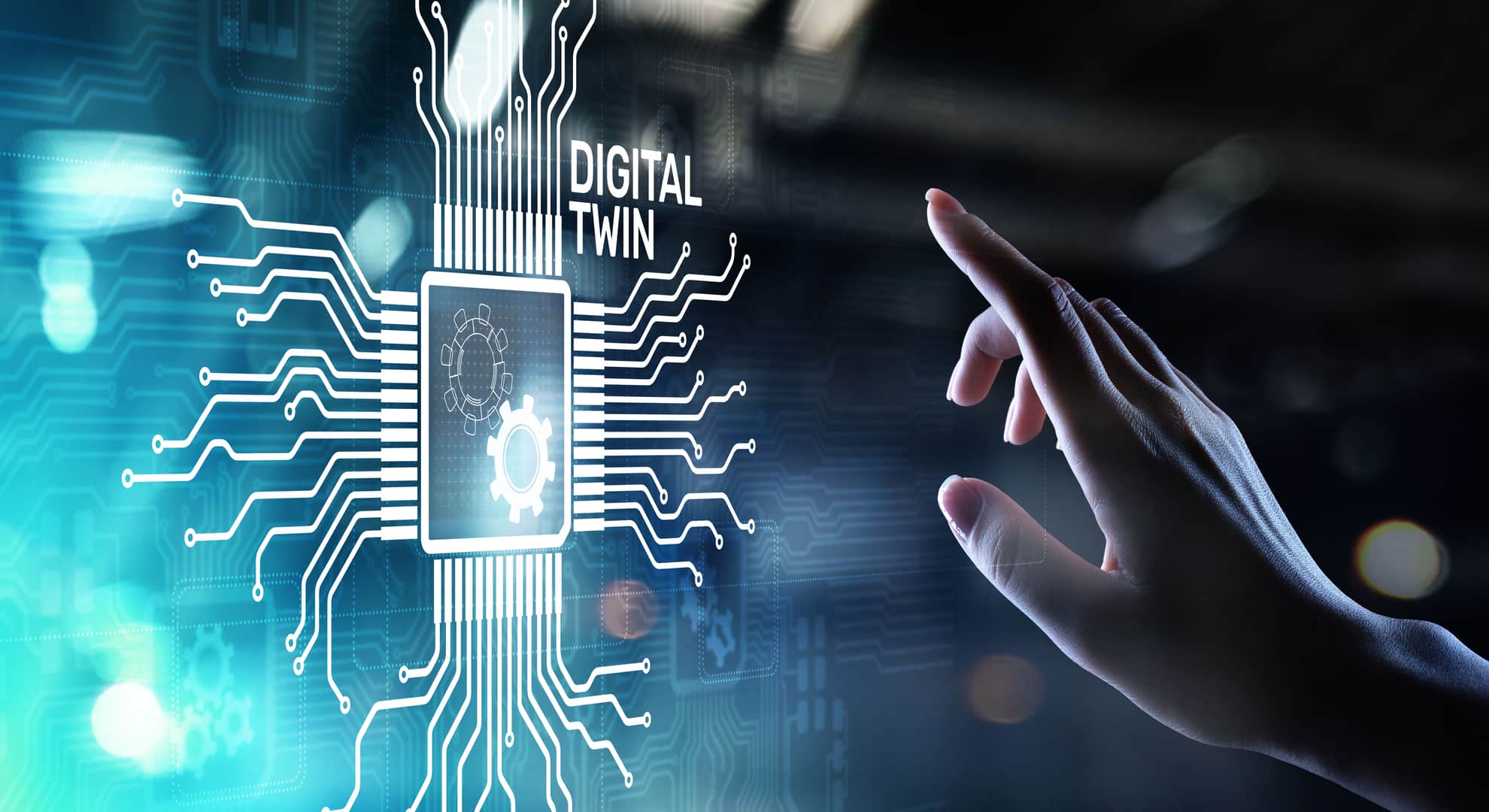
18 Aug Discover digital twins in telecommunications
Ever since humans embarked on the path of technological development, the use of prototypes and simulations has been crucial to achieving genuine progress. And since 3D design and modelling became widespread towards the end of the 20th century, the practice has taken on even greater importance.
Clearly, the telecommunications market has taken advantage of this and, with an eye to the future, is already thinking about how to make the most of the development of prototypes and simulations through the use of digital twins.
Combining digital twins with other technologies and tools, such as the Internet of Things (IoT) and 5G connectivity, could lead to a paradigm shift not only in the area of telecommunications, but also in industry, commerce and many other sectors more generally.
What are digital twins and what are they for?
The term digital twin was first coined in 1991 by David Gelernter in his book Mirror Worlds, although it wasn’t until 2002 that Michael Grieves used a digital twin in a physical format.
Digital twins are exact virtual recreations of a physical object, together with all its parts and components, coupled with the computer modelling and technology that enables communication between them: the ‘real’ item and its digital counterpart.
Digital twins can be generated for just about any object for which reliable data and information on how it works and performs is available, from car engines and aircraft fan blades to a hydraulic dam valve or an electric wind turbine. As a result, we can now do the following:
- Anticipate the behaviour of the physical object in various scenarios before putting it into operation.
- Check the performance and effectiveness of the function the physical object has been designed for, constantly monitoring it, thanks to constant communications between the ‘real’ object and its virtual twin.
- Carry out exhaustive analyses of the information that the physical object generates when it does its job, alongside comparing the real data with data from the theoretical model associated with its digital twin.
Telecommunications can expect a new leap forward, thanks to connectivity
Industry 4.0 has been proving the benefits of using digital twins for some time now, with up to 93% more reliability in machinery used in manufacturing and on assembly lines, almost 40% fewer breakdowns and 75% less time needed to complete manufacturing processes.
The telecommunications sector wants to emulate these figures, expanding the ‘life’ and possibilities of digital twins thanks to their combined use with other technological advances, including smart objects and materials, the Internet of Things (IoT), artificial intelligence and connectivity, as well as wireless communications.
Taking one example, the digital twin of a pacemaker could be generated and – before being installed inside a patient’s body – ‘tested’ in situations of mechanical stress and configured to respond to various situations in that person’s day-to-day life, with real data on the behaviour of the patient’s heart taken from stress tests and electrocardiograms.
Once the pacemaker is installed and connected to its digital twin, through artificial intelligence, the medical centre and even the cardiologists themselves could have permanent access to information about the behaviour of the device 24 hours a day, and the same goes for the patient.
In an emergency, the pacemaker would issue a simultaneous warning, both to the patient – to their mobile, smartwatch or tablet device, for example –, as well as to their health centre and medical team directly, providing real-time data on what is happening. They could even request an ambulance by providing the geolocation of the person in need of urgent care and call a close relative, their contact details having been arranged in advance, of course.
Everything is now possible in practically all sectors; the market opportunities are there, they’re just awaiting the investment, development and commissioning.

